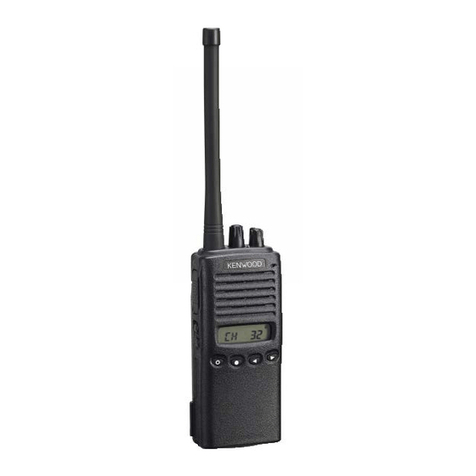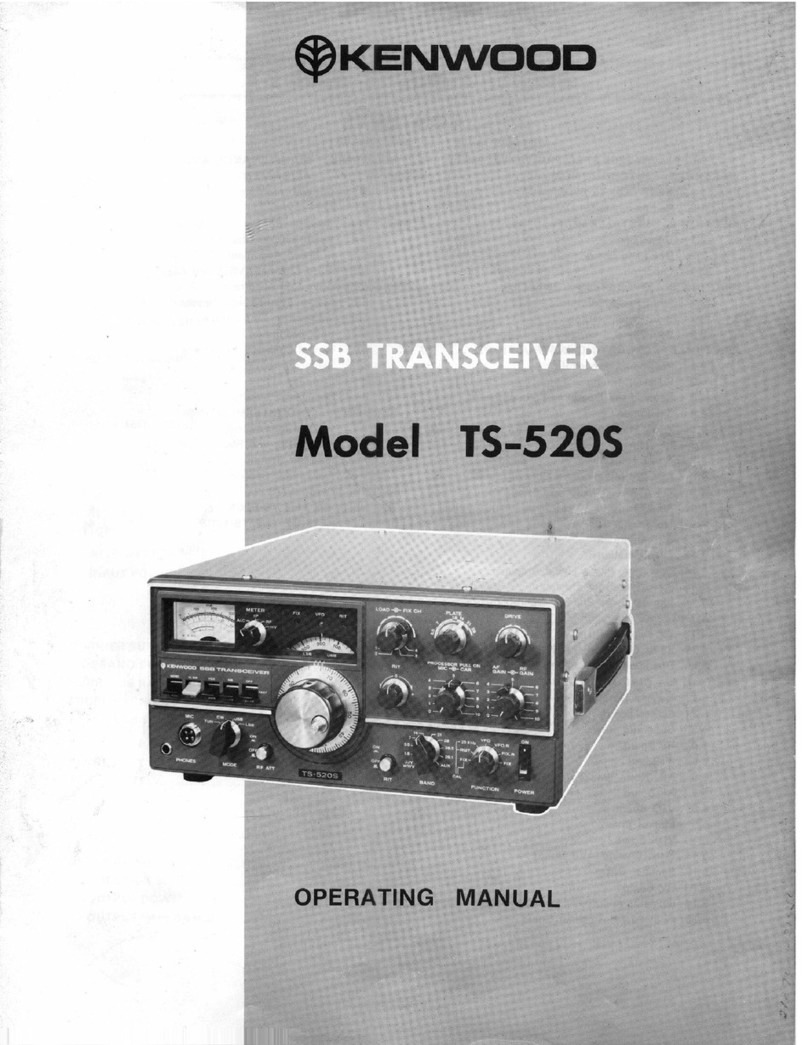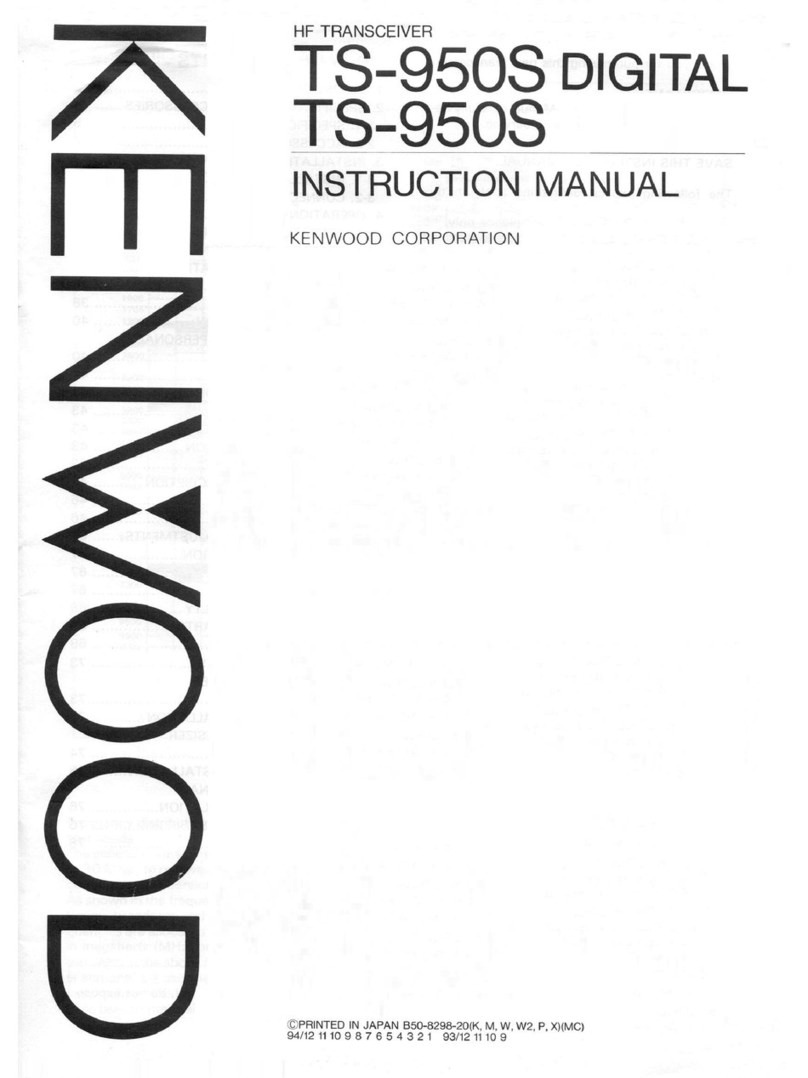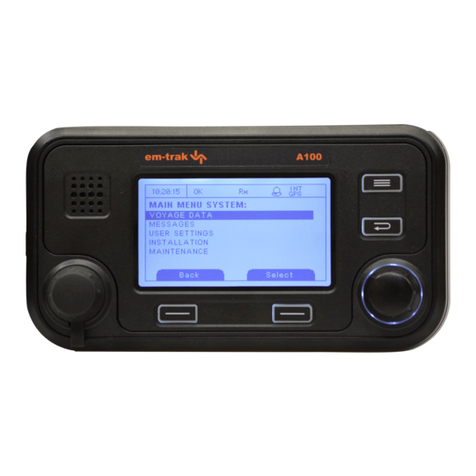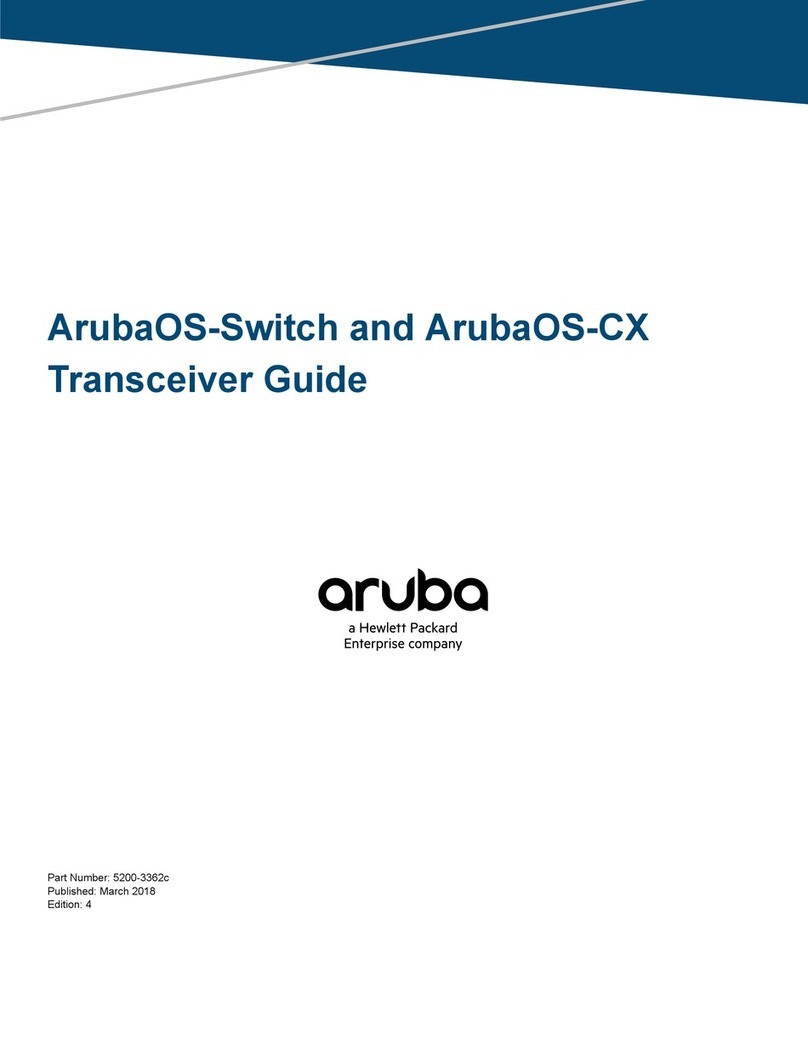Kenwood TS-950SDX User manual
Other Kenwood Transceiver manuals
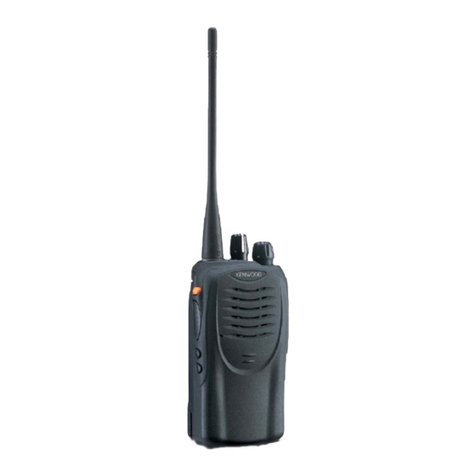
Kenwood
Kenwood TK-3160 Operating manual
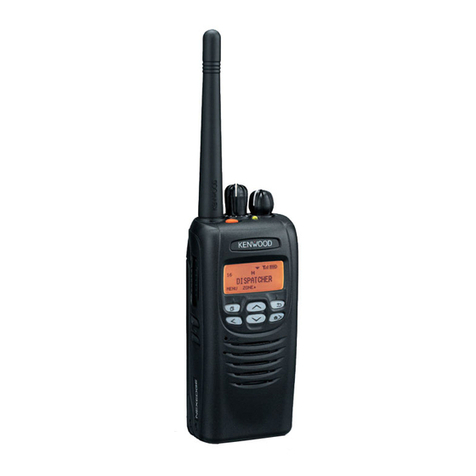
Kenwood
Kenwood NX-203 User manual

Kenwood
Kenwood TK-863G User manual

Kenwood
Kenwood TK-5710 Series User manual
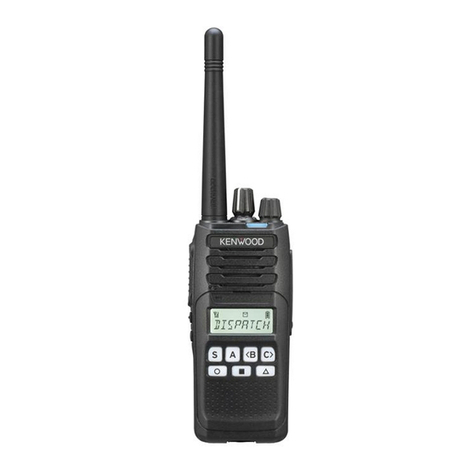
Kenwood
Kenwood NX-1200NE2 User manual
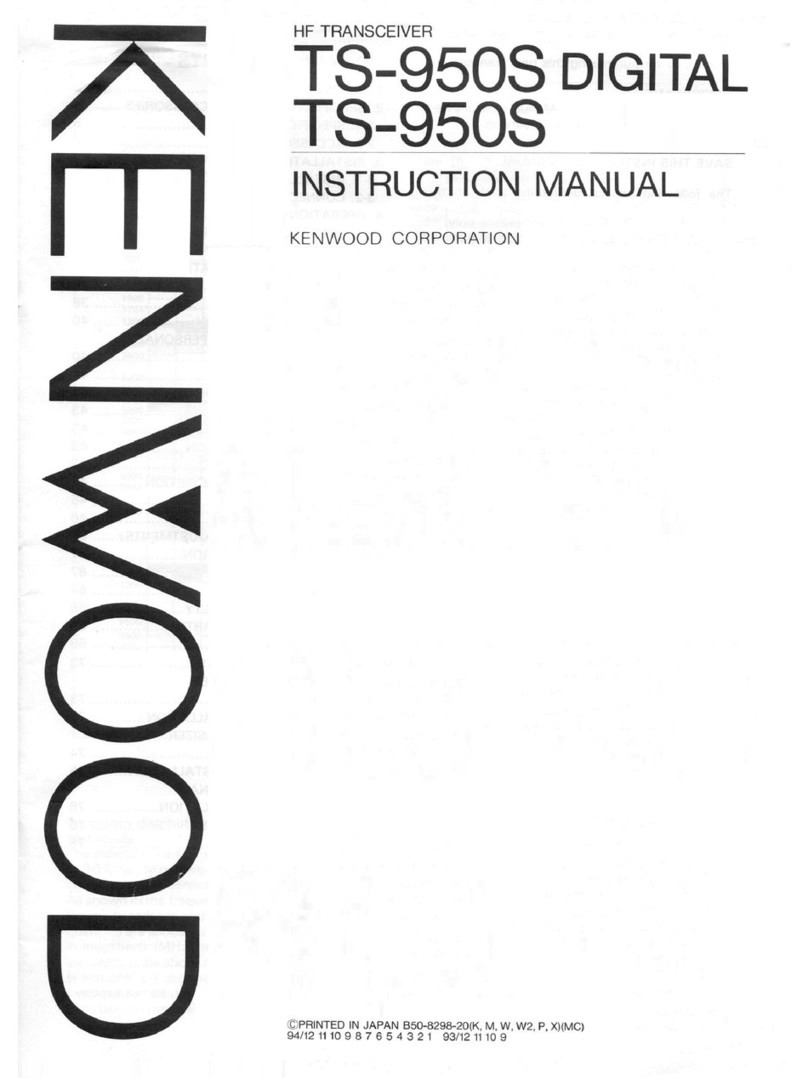
Kenwood
Kenwood TS-950D User manual
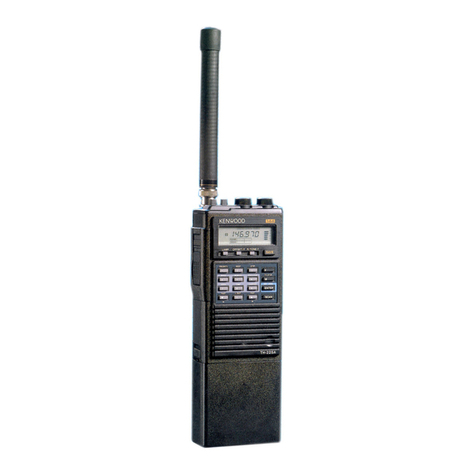
Kenwood
Kenwood TH-225A User manual
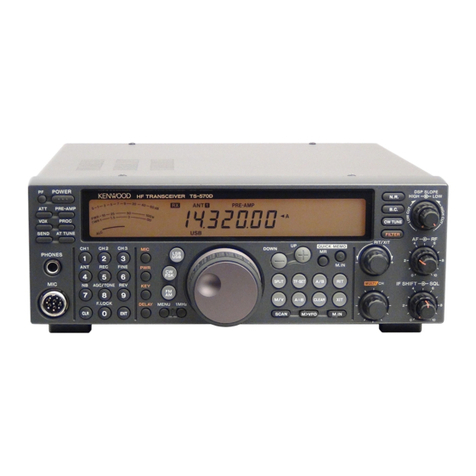
Kenwood
Kenwood TS-570D, TS-570S User manual

Kenwood
Kenwood TH-K7 User manual
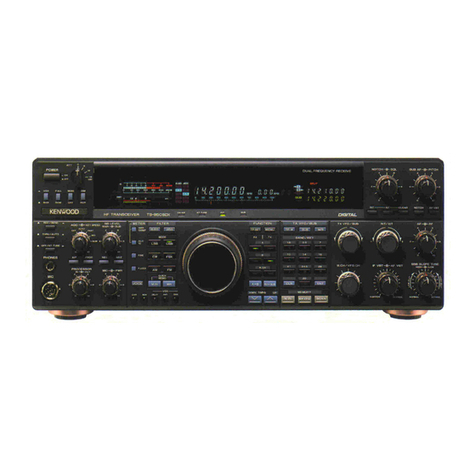
Kenwood
Kenwood TS-950SDX User manual

Kenwood
Kenwood TR-7600 User manual
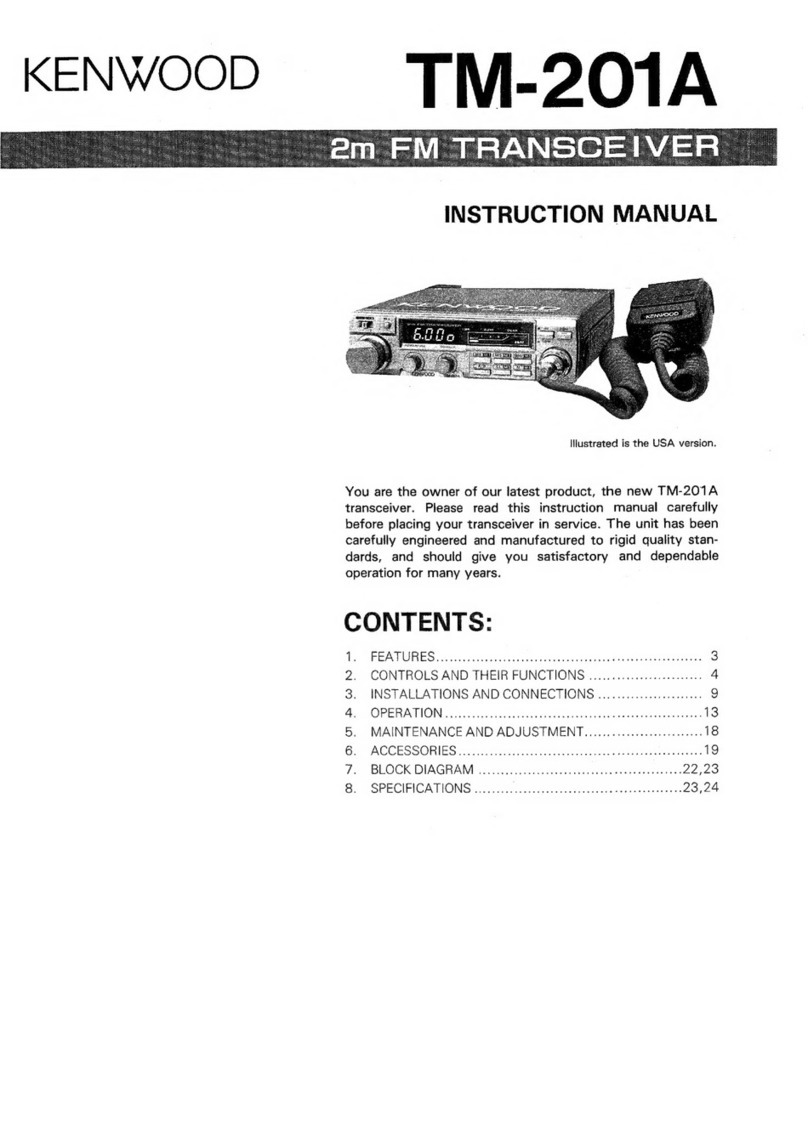
Kenwood
Kenwood TM-201A User manual
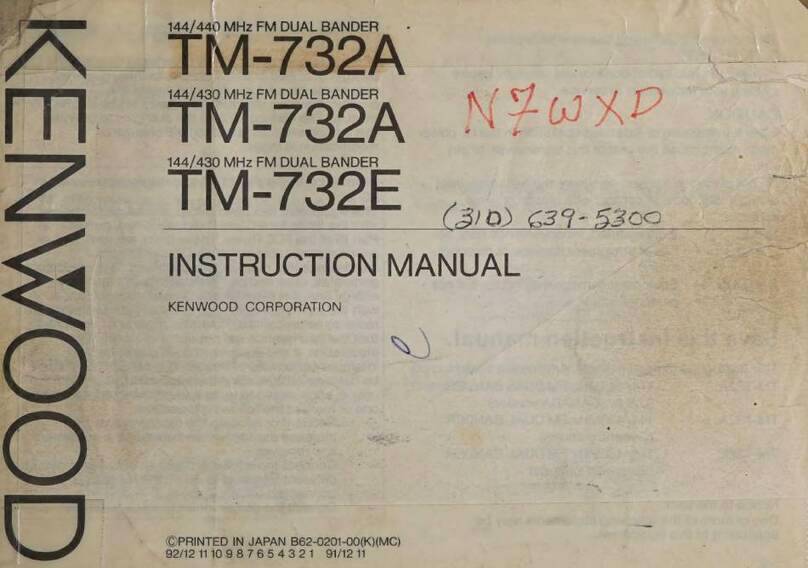
Kenwood
Kenwood TM-732A User manual
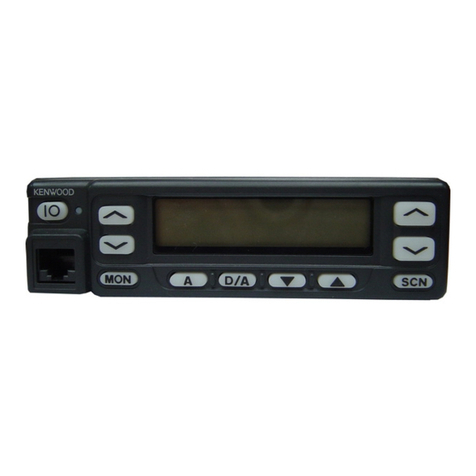
Kenwood
Kenwood TK-860G series User manual

Kenwood
Kenwood NX-5600HB User manual

Kenwood
Kenwood TS-480HX User manual
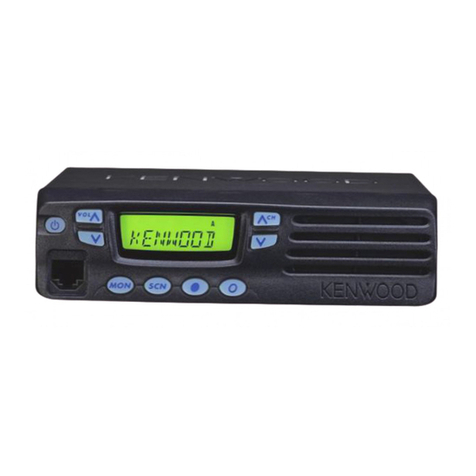
Kenwood
Kenwood TK-7100 User manual
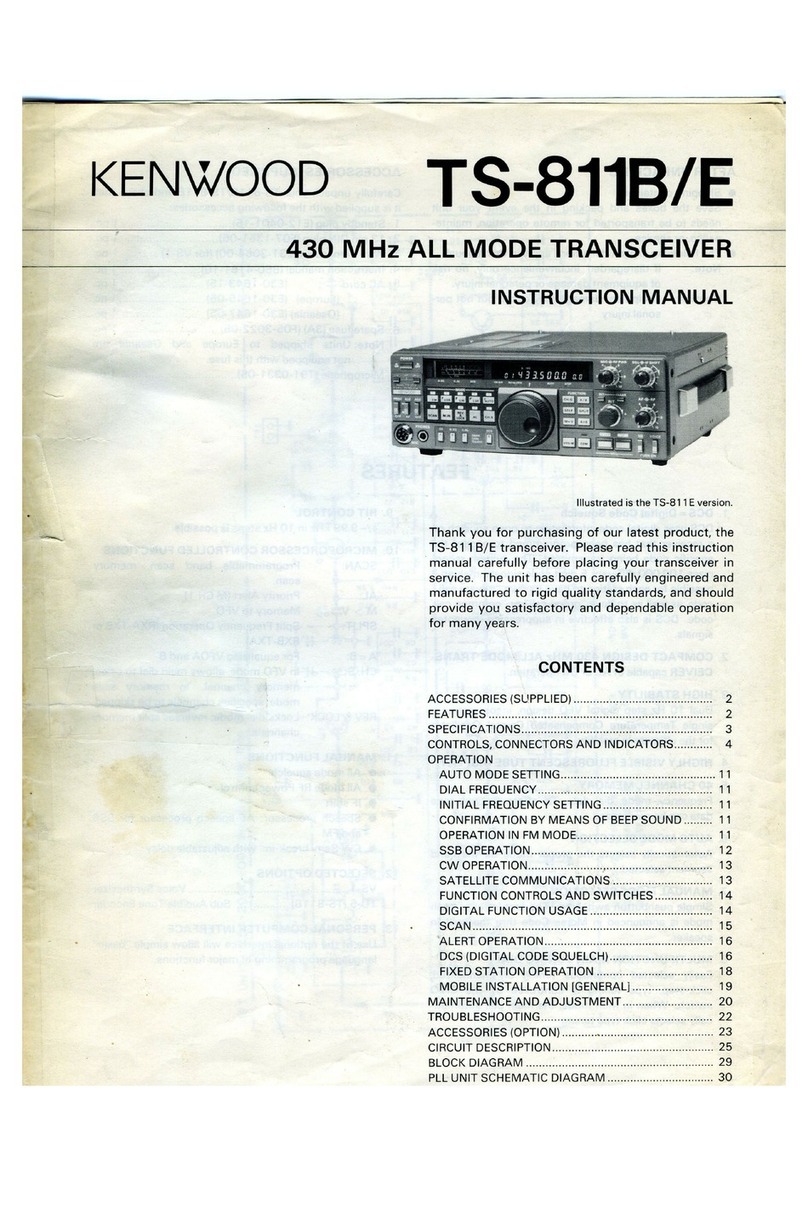
Kenwood
Kenwood TS-811E User manual
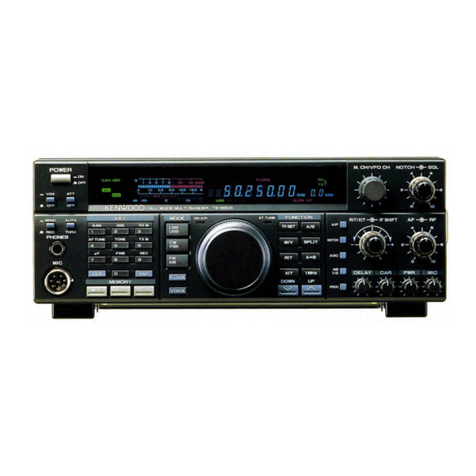
Kenwood
Kenwood TS-450S User manual
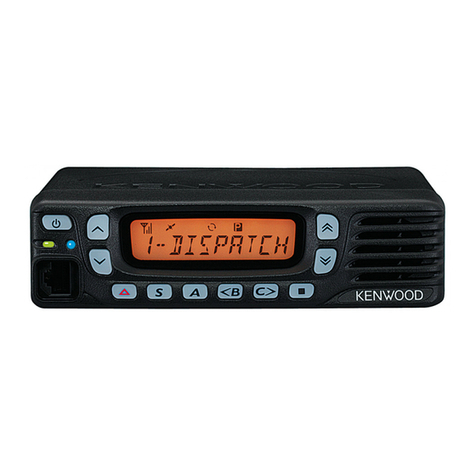
Kenwood
Kenwood TK-7360 User manual
